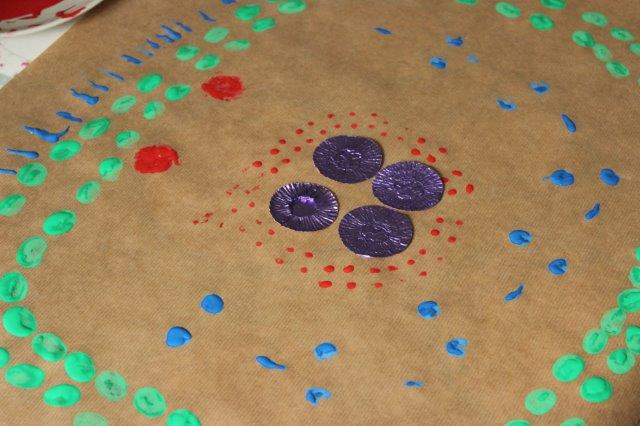 Wrapping up your carefully selected Christmas presents can often be a bit of an afterthought and that’s before you even think about the added cost of ribbons and bows. This year how about making your own gorgeous wrapping paper for a fraction of the cost. It’s the perfect craft for adults and children alike and the end result is really only limited by your imagination.
Wrapping up your carefully selected Christmas presents can often be a bit of an afterthought and that’s before you even think about the added cost of ribbons and bows. This year how about making your own gorgeous wrapping paper for a fraction of the cost. It’s the perfect craft for adults and children alike and the end result is really only limited by your imagination.
What you’ll need:
Brown paper (buy in a roll from a stationary store)
Paint
Stamps
Clean sweetie wrappers
Grab an apron and protect your work surfaces then begin by cutting lengths of brown paper and laying onto a table. Note. You may need to secure the corners if the paper starts rolling up.
The exact design of your wrapping will depend upon your own preferences and whether this is a craft intended for adults or children. As my youngest has an impressive collection of plastic dinosaurs we decided these would make the perfect printing tools.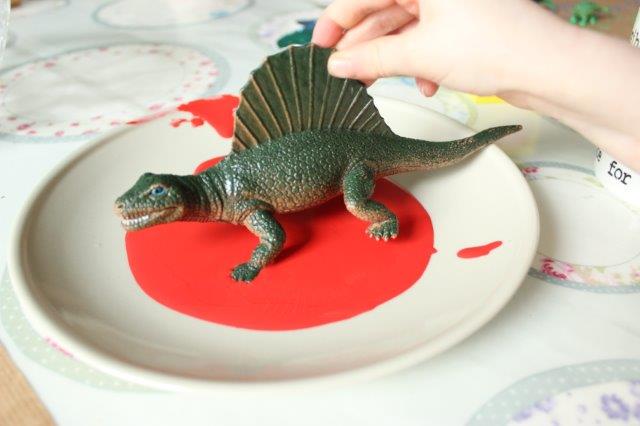
Many household items make wonderful stamps. Pennies are great for rolling along their edge, old cotton bobbins make interesting circular shapes, even potatoes can be cut in half and a stamp carved out. As long as you’re using washable paint then it’s worth trying out a few things until you achieve an effect that you’re happy with.
Squeeze some paint out onto some plates and then get dipping your stamps! We had dino footprints walking in tandem all over the place. 
To add a bit of glitz we stuck clean sweetie wrappers onto our paper but glitter or stickers would also work well.
Leave the paper to dry out completely.
Now you should have some wonderful personalised paper that any recipient would be grateful to receive. It’s especially good for relatives who really appreciate the time and effort that’s involved.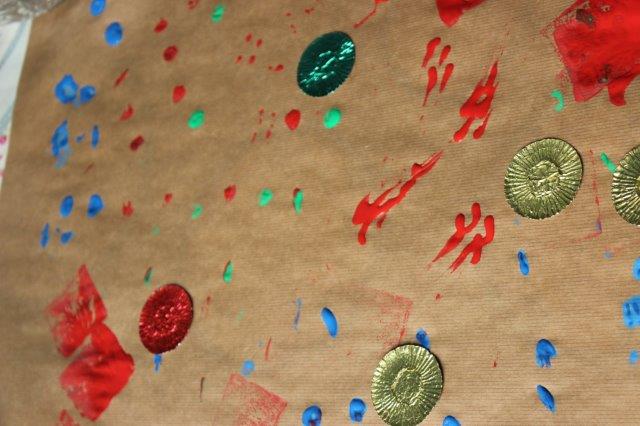



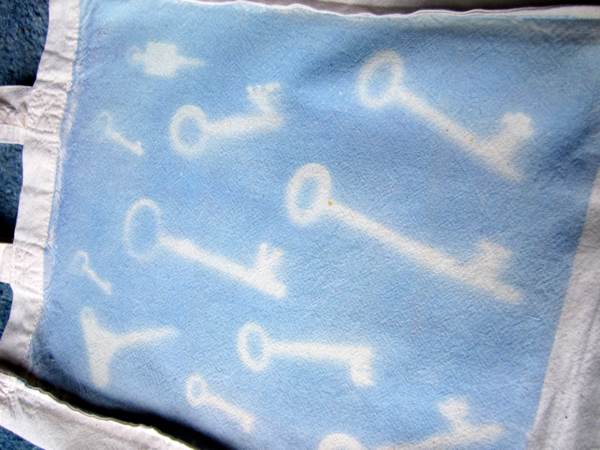
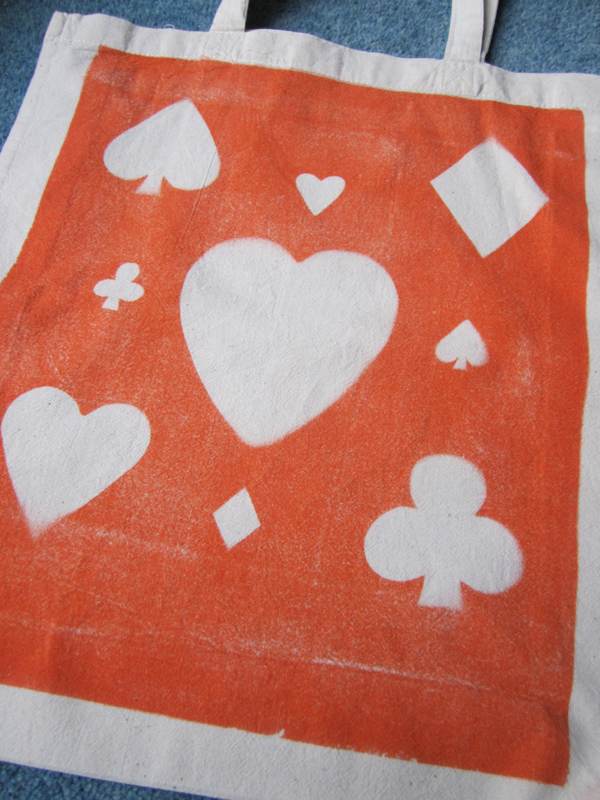
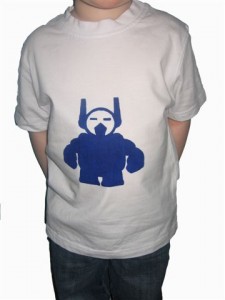
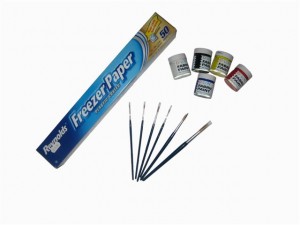
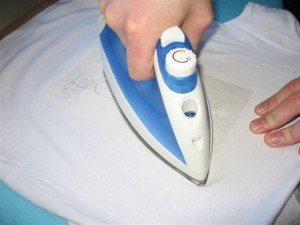
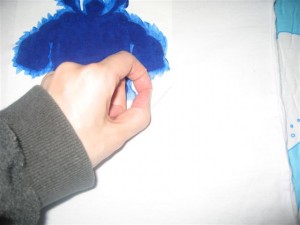

Comments Off on Make your own wrapping paper